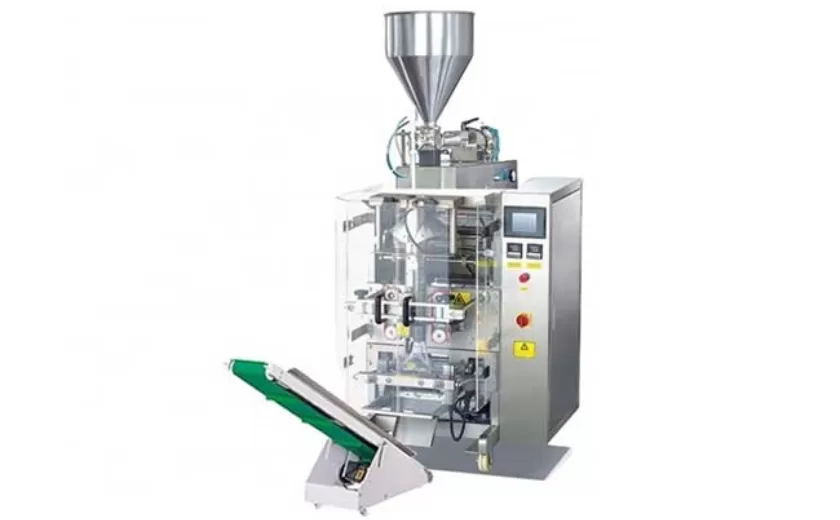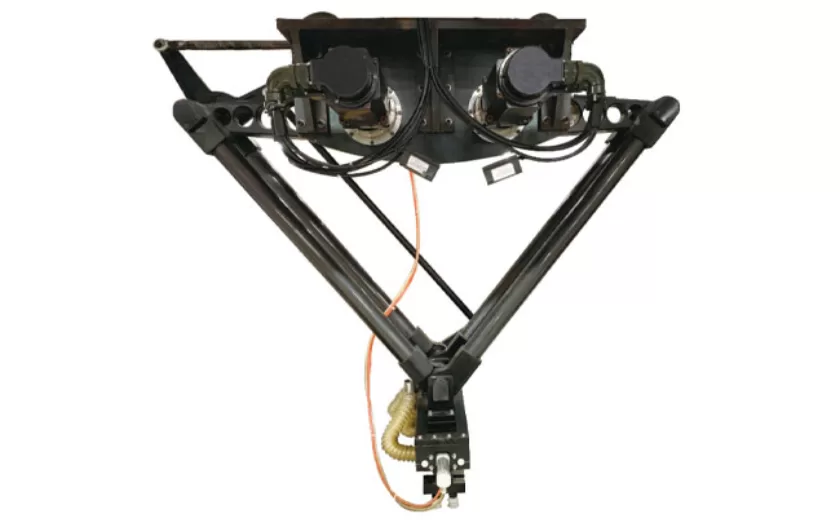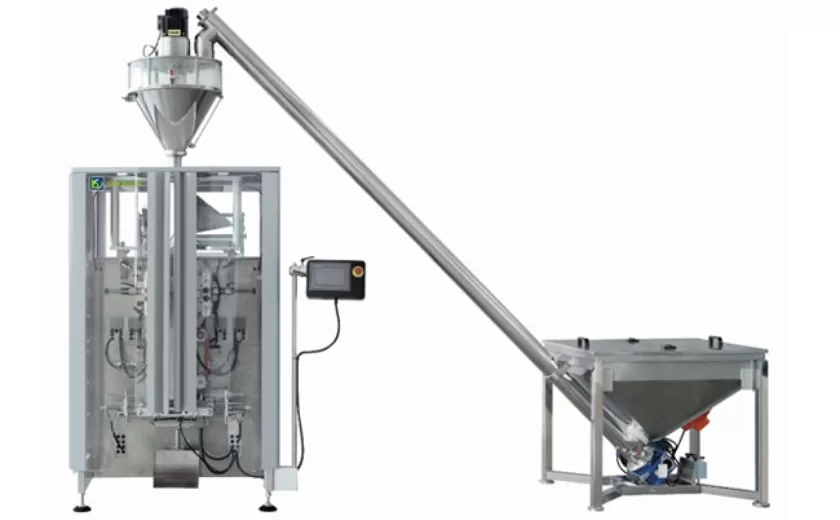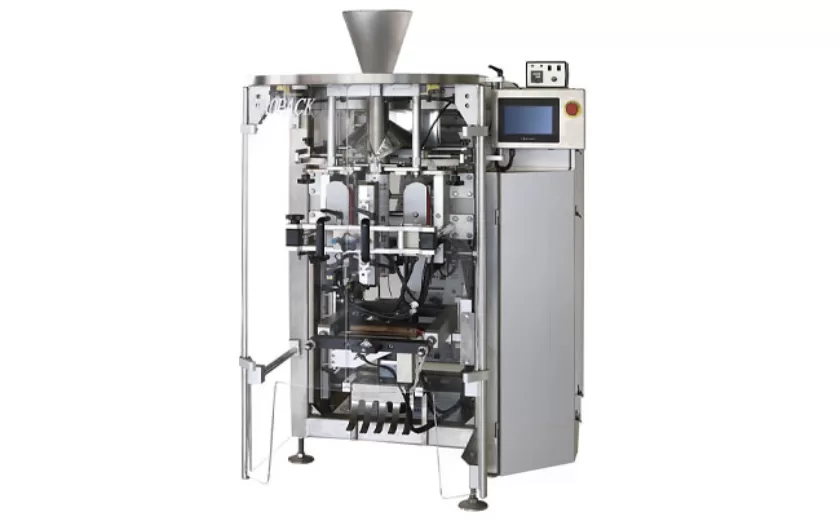Optimizing Efficiency: A Comprehensive Guide to Bin Packing Solutions
The Art of Bin Packing: Optimizing Efficiency in Your Workflow
When it comes to logistics and optimization, one of the key challenges faced by businesses is efficiently packing items into containers. This process, known as bin packing, can have a significant impact on both cost and operational efficiency. In this comprehensive guide, we will explore the various strategies and techniques used in bin packing solutions to help you streamline your operations and maximize space utilization.
Understanding the Basics of Bin Packing
Bin packing is a classic optimization problem that involves efficiently packing a set of items of different sizes into containers with fixed capacities. The goal is to minimize the number of containers used while ensuring that no container exceeds its capacity. This seemingly simple task becomes increasingly complex as the number of items and containers grows, making it a challenging problem to solve efficiently.
Types of Bin Packing Strategies
There are several approaches to solving bin packing problems, each with its own advantages and limitations. From the classic First Fit algorithm to more advanced heuristic and metaheuristic methods, businesses have a wide range of strategies to choose from when optimizing their packing processes.
1. First Fit Algorithm
The First Fit algorithm is one of the simplest and most commonly used strategies for bin packing. In this approach, items are packed into the first container that can accommodate them without exceeding the capacity. While easy to implement and computationally efficient, the First Fit algorithm may not always produce the most optimal packing solution.
2. Best Fit Algorithm
Unlike the First Fit algorithm, the Best Fit algorithm aims to pack items into the container that minimizes wasted space. By selecting the container with the least remaining capacity that can still accommodate the item, this strategy can lead to more efficient space utilization. However, the Best Fit algorithm may be more computationally intensive compared to the First Fit approach.
3. Genetic Algorithms
Genetic algorithms are a metaheuristic approach to solving optimization problems, including bin packing. By mimicking the process of natural selection and evolution, genetic algorithms iteratively improve the packing solution over multiple generations. While often requiring more computational resources, genetic algorithms can be effective in finding near-optimal packing configurations for complex bin packing problems.
Benefits of Efficient Bin Packing
Efficient bin packing solutions can have a significant impact on various aspects of a business’s operations. By optimizing space utilization and minimizing the number of containers used, businesses can reduce transportation costs, warehouse storage requirements, and overall logistical complexity. Additionally, efficient bin packing can lead to improved customer satisfaction through faster order fulfillment and reduced packaging waste.
Implementing Bin Packing Solutions
When implementing bin packing solutions in your operations, consider factors such as item size variability, container capacities, and computational resources. By selecting the appropriate packing strategy and leveraging available optimization techniques, businesses can enhance their operational efficiency and stay competitive in today’s dynamic marketplace.
Conclusion
Efficient bin packing is a critical aspect of logistics optimization, with implications for cost savings, resource utilization, and customer satisfaction. By understanding the principles of bin packing and leveraging advanced optimization strategies, businesses can streamline their operations and achieve greater efficiency in their workflows.
-
Advanced Packing Solutions: Snacks, Sugar, and Frozen Food Machines
29-10-2025 -
Efficient and Reliable Solutions for Salt, Nuts, and Frozen Dumplings Packing
29-10-2025 -
High-Performance Biscuits, Lollipop, and Ketchup Packing Machines for Modern Food Production
29-10-2025 -
Efficient Liquid Filling and Packing Machines for Modern Production
23-10-2025 -
Reliable Granule Packaging Machines for Efficient Production
23-10-2025 -
Efficient Auger Powder Filling Machines for Accurate Packaging
23-10-2025 -
High-Performance Liquid Filling and Packing Machines for Hygienic Production
10-10-2025 -
High-Efficiency Granule Packaging Machines for Precision and Speed
10-10-2025 -
High-Precision Auger Type Powder Filling Machines for Efficient Packaging
10-10-2025 -
Efficient Vertical Form Fill Seal Packaging Machines for Smart Production
10-10-2025











